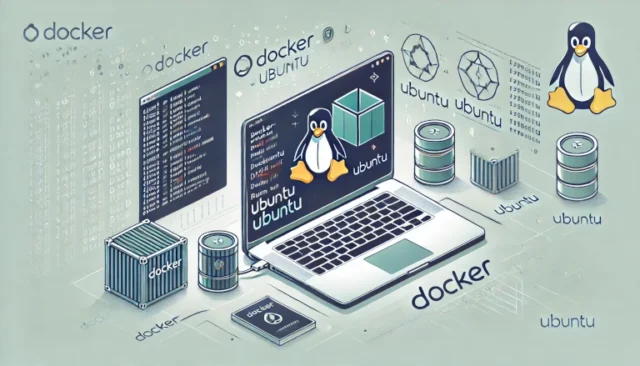Docker revolutionizes how applications are deployed and managed by encapsulating them into lightweight containers. Working with a Single-Container Ubuntu image in Docker is an excellent way to get started with containerization, especially for developers and sysadmins looking for efficiency. This guide explains everything about using a single-container Ubuntu image in Docker—from setting it up, understanding how it works, addressing common issues, and even exploring some practical applications.
What is a Single-Container Ubuntu Image in Docker?
A single-container Ubuntu image is a lightweight, standalone operating system image that runs in Docker. It’s based on Ubuntu Linux and provides a minimal environment with just enough tools to build, deploy, or run applications. Ideal for both development and production, it allows users to isolate applications, ensuring a clean, predictable runtime environment.
The official Ubuntu image on Docker Hub is the most commonly used version due to its small size, reliability, and frequent updates.
How Does It Work?
When you pull and run an Ubuntu image using Docker, the platform creates a containerized environment. This environment functions independently from your host system, providing a secure and efficient space for your tasks. The Docker Engine manages the container lifecycle, while the Ubuntu image serves as the base operating system.
docker pull ubuntu
docker run -it ubuntu
Here, docker pull ubuntu downloads the latest Ubuntu image, and docker run -it ubuntu creates a container from the image, opening an interactive shell.
Setting Up a Single-Container Ubuntu Image in Docker
Install Docker on Your Host System
Before you start, ensure Docker is installed. Follow the instructions on the official Docker website for your operating system.
sudo apt update
sudo apt install docker.io
sudo systemctl start docker
sudo systemctl enable docker
Pull the Ubuntu Image
Pull the official Ubuntu image from Docker Hub. This ensures you’re using a verified, stable image.
docker pull ubuntu
Run the Ubuntu Container
Create and start a container using the Ubuntu image. The -it flag provides an interactive terminal.
docker run -it ubuntu
You’ll now be inside a container running Ubuntu. The terminal prompt changes to reflect the container environment.
Using the Ubuntu Container
Once inside the container, you can run commands, install software, and configure the environment as needed. For example, update the package list and install a text editor:
apt update
apt install nano
To exit the container, type exit. The container stops automatically unless specified otherwise.
To list running containers, use:
docker ps
To restart a stopped container, use its container ID or name:
docker start <container-id>
Common Issues and Their Solutions
- Unable to Connect to the Internet
If your Ubuntu container cannot access the internet, check the network settings of Docker. Restart Docker and ensure proper network configuration using:sudo systemctl restart docker - Container Stops After Exit
By default, Docker containers stop when their main process exits. To keep the container running in the background, use the-dflag:docker run -it -d ubuntu - Changes Are Lost After Stopping the Container
Changes made to the container are not persisted unless you commit the container or use volumes. To save changes, create a new image:docker commit <container-id> my-custom-ubuntu
Benefits of Using a Single-Container Ubuntu Image
- Lightweight: Minimal overhead compared to virtual machines.
- Isolation: Provides a clean, consistent runtime environment.
- Scalability: Easily deployable across different environments.
- Flexibility: Supports a wide range of use cases, from development to CI/CD pipelines.
Final Thoughts
Working with a single-container Ubuntu image in Docker is an essential skill for developers and administrators. It simplifies the deployment process, ensures consistency, and enhances productivity. By following the steps and addressing potential issues outlined in this guide, you can effectively use an Ubuntu container for a variety of tasks, from software testing to full-stack application development.
